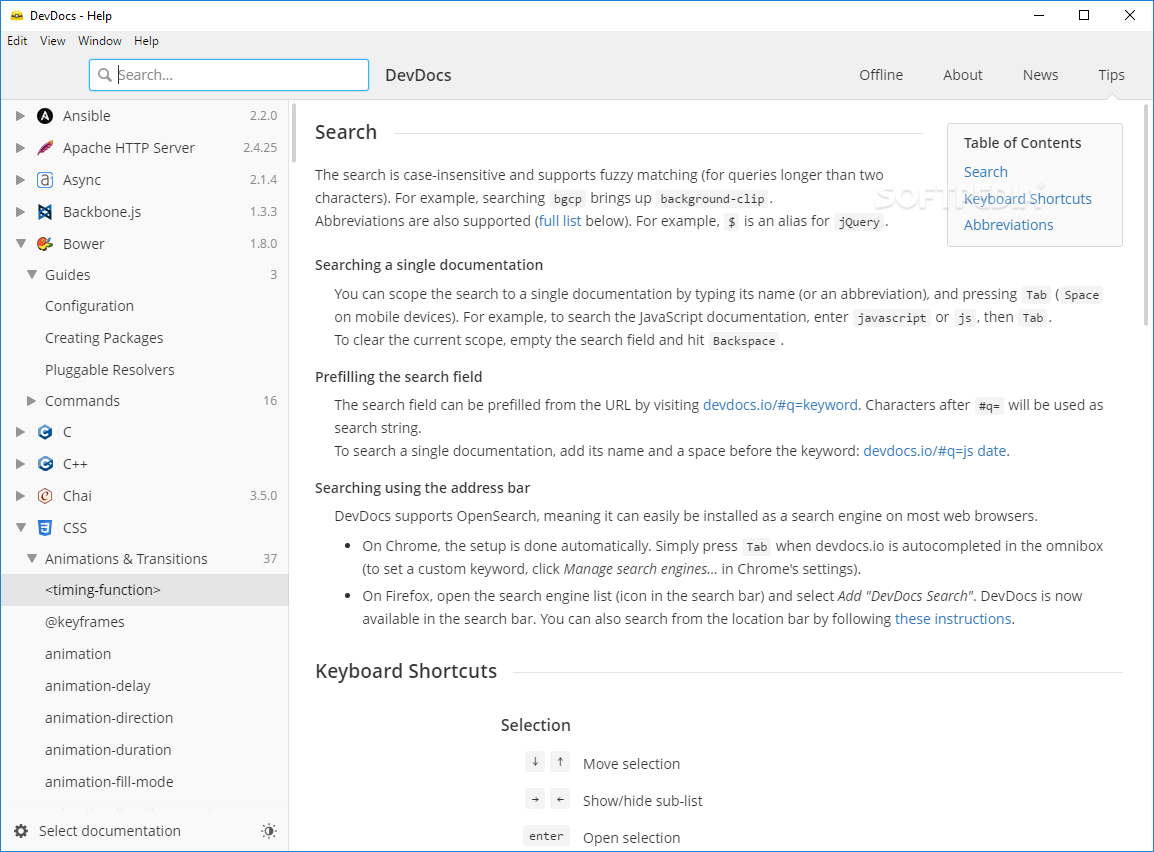

- Magento 2 devdocs creating custom modules how to#
- Magento 2 devdocs creating custom modules install#
Step 6: Activate integration for creating an access token for the external application.Īfter activating, we can see the integration detail in the picture below.Īfter being generated, the access token can be used by any API test tool (such as Swagger or Postman) or any third-party application.

Step 5: Save to create a new consumer public & secret keys for integration. Step 4: Grant access to the API resources. Step 3: Enter the integration name as the form in the above picture.

Step 2: Click add new integration to open a new integration form. Step 1: Go to System -> Integrations Menu. Create an integration in Magento 2 manually It allows developers or administrators to define which resources (such as customers, orders, or catalogs) the application can access.Īs a Magento merchant, you can use the Magento back-end to create an integration manually or build a custom in Magento 2 extension to create that integration programmatically. However, in Magento 2, integration is a definition for a third-party application that uses OAuth for authentication. In computer science, “integration” is a term that is commonly used when an application needs to interact with other applications to transfer data or trigger an action.
Magento 2 devdocs creating custom modules install#
Install the module to run the setup scripts.Create integration in Magento 2 programmatically.Create an integration in Magento 2 manually.is specified relative to the theme web directory ( /web)įor example, to include /web/css/custom. To include a CSS file, add the /" media="print|"/> block in section in a layout file. Magento_Theme/layout/default_head_blocks.xml. Your custom default_head_blocks.xml should be located as follows: The recommended way to do this is adding an extending default_head_blocks.xml in your theme, and including the required stylesheets in this file. To achieve this, include your CSS in default_head_blocks.xml of the Magento_Theme module, which defines the default page section for all Magento pages. Usually, the stylesheets you include should be available for all store pages. In the Magento application, the recommended way to include stylesheets is to specify them in layout files. /source/_theme.less: overrides the default Magento UI library variables values./source: this subdirectory contains Less configuration files that invoke mixins from the Magento UI library.styles-l.less: used to generate desktop-specific styles, includes _styles.less.styles-m.less: used to generate mobile-specific styles, includes _styles.less.The underscore sign ("_") in a file name conventionally means that a file is not used independently, but is included in other files. _styles.less - a composite file, which includes all Less files used in the theme.print.less: used to generate styles for the printed version of store pages.In a theme directory, stylesheets are stored in the following locations: Directory, relative to Module directories do not contain any default styles. How Magento stylesheet files are organizedĬonventionally, CSS and Less files are stored only in themes. This topic describes how stylesheets are located by default in the Magento application file system, and the recommended way to include CSS files in layouts. The CSS class names can be assigned in both templates and layouts. Technically there is an option to include them in template files, but we strongly recommend avoiding this. In the Magento application, CSS files are included in layout files. Use translation dictionary to customize strings.Create a responsive mobile theme based on a default theme.

Magento 2 devdocs creating custom modules how to#
How to Make Your Theme Responsive and Mobile.Simple style changes with client-side LESS compilation vs.Simple ways to customize a theme's styles.Use Sass preprocessor and Gulp task runner.Conventional notations used in this Guide.


 0 kommentar(er)
0 kommentar(er)
